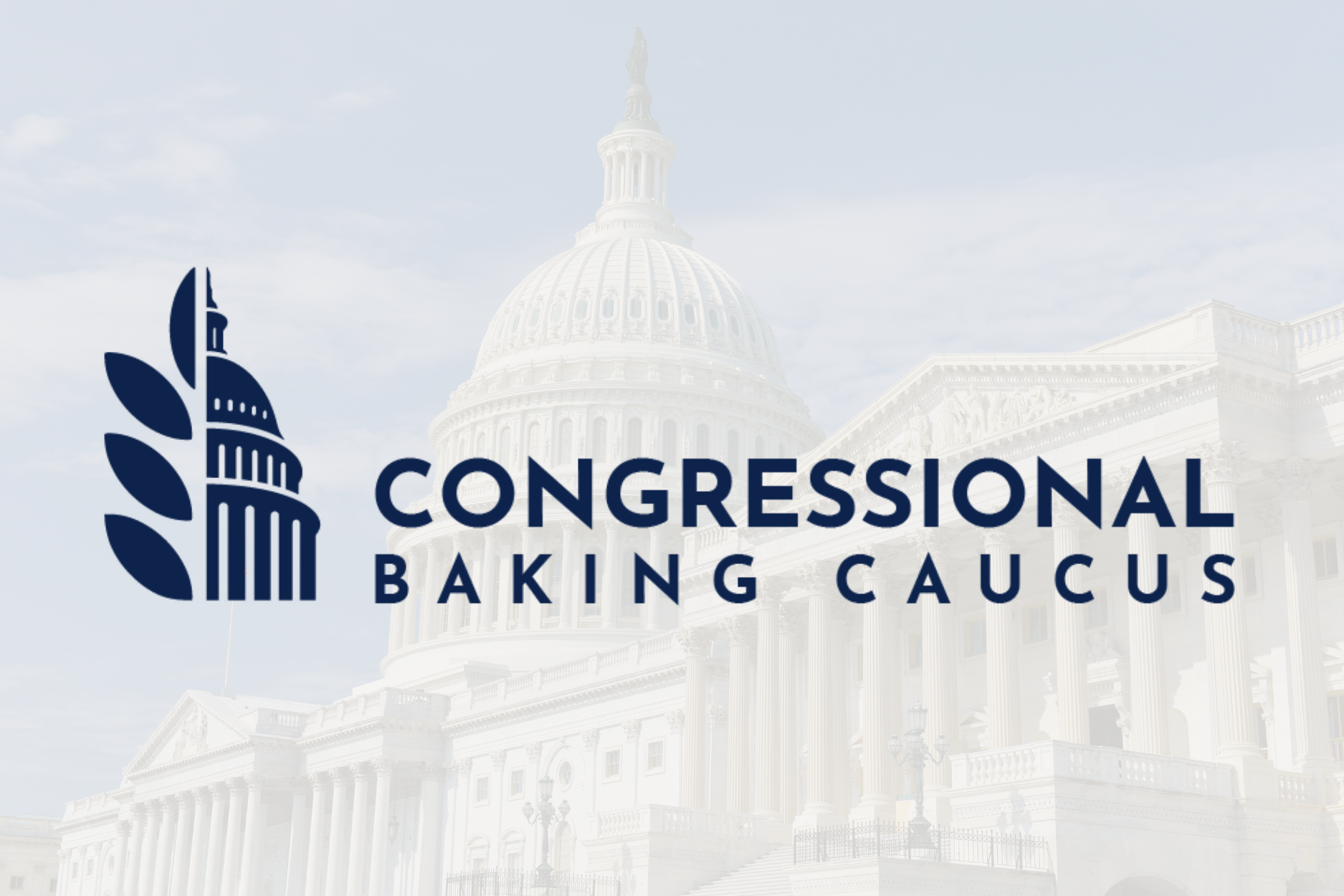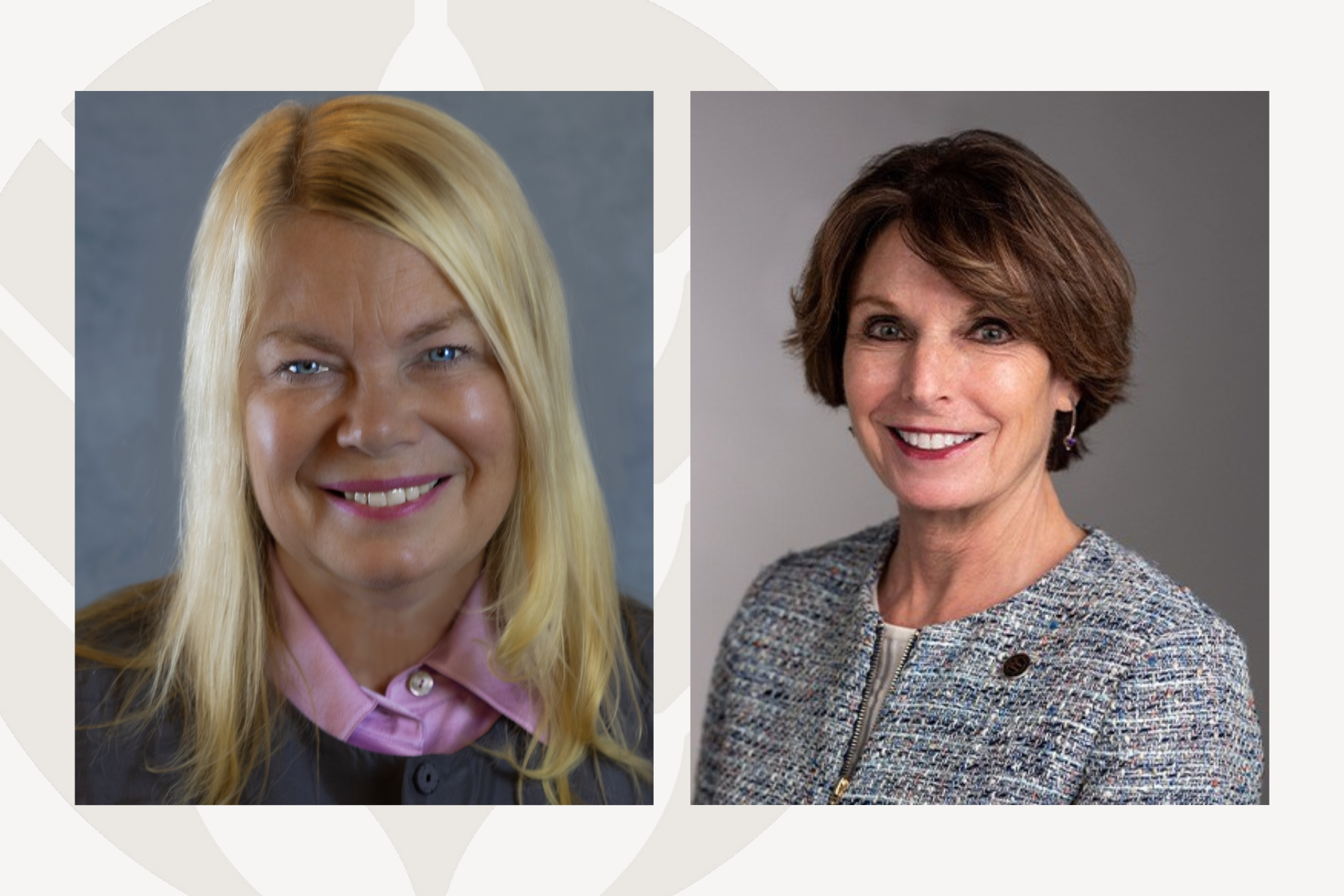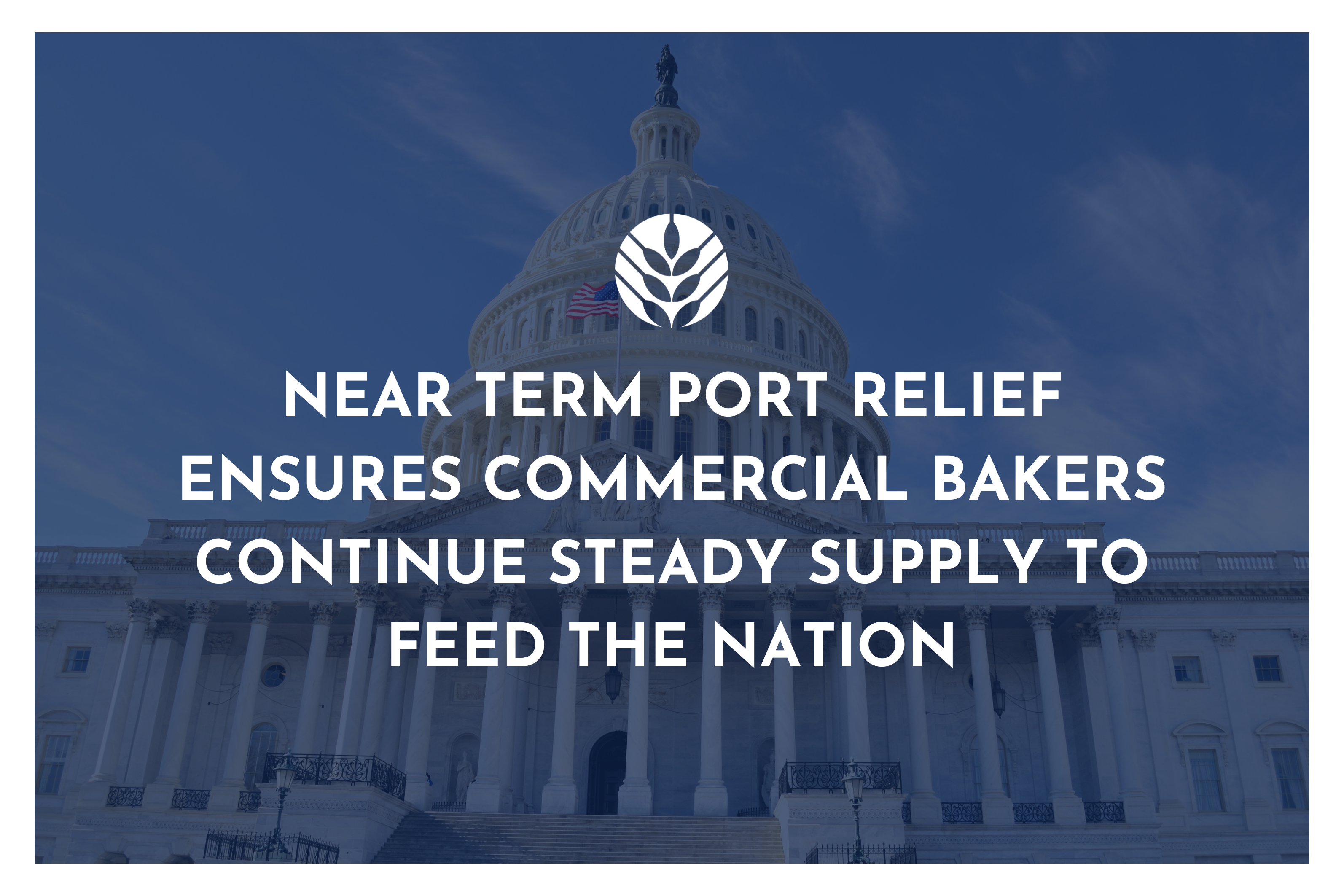Workforce issues are front and center in the baking industry today, especially during the pandemic. However, in many ways the industry has prioritized our workforce throughout its history and gained more expertise along the way.
It’s especially appropriate to spotlight industry employees as ABA marks its 125th anniversary in 2022.
“Workforce issues have evolved over the years, and bakers have always been cognizant of the central role of employees in their success,” said Robb MacKie, ABA President and CEO. “I’m proud of how this industry has supported workforces, especially during the pandemic, and I’m very pleased ABA is pursuing many initiatives to help drive this forward.”
SNAPSHOTS FROM BAKING HISTORY
Here are a few examples of how baking workforces have been central to the industry over the years:
-
Early Workforces: ABA was founded in 1897, at a time when baking was starting to evolve into a more professional and commercial industry with updated factories and production methods. This required new types of workforce and worker skills.
-
Professional Backgrounds: The professionalization of the industry’s workforce was boosted by the addition of associates with science backgrounds. In 1903, the Ward Corby company became the first to add a chemist to its bakery staff.
-
Employee Training: An early milestone in employee education was the introduction of the original Cookie and Cracker Correspondence Course in 1941 by the Biscuits and Cracker Manufacturer’s Association (B&CMA). The course provided the technical information needed to operate an efficient manufacturing facility. The course has been revised over the years and has benefited generations of manufacturing employees. B&CMA merged with ABA in 2017, and today the course is still an essential educational tool — and is offered as part of ABA’s Bakers Manufacturing Academy.
-
Championing Diversity: In recent years the industry has increasingly supported diversity and inclusion in its employee ranks. There were early examples of this in baking history. A case in point was at Pepperidge Farm, founded by Margaret Rudkin in the late 1930s. She was a champion of women in the workplace during her long tenure as a leader and she prioritized the hiring of women.
COVID ERA PUTS EMPLOYEES IN SPOTLIGHT
During the COVID-19 pandemic, baking companies and the ABA have accelerated their support of industry workforces.
Early in the pandemic, the focus was on aspects such as procuring personal protective equipment and communicating safety protocols. There was a need for real-time communications by companies to employees.
Companies have also prioritized the overall well-being of employees and communities. Bakers focused on career development and recruitment to keep workforces robust in a highly competitive talent market.
ABA SUPPORTS WORKFORCES ON MANY FRONTS
Here are a few of the ways that ABA is helping the industry to enhance its workforces:
-
The Bakers Manufacturing Academy's online training offers a variety of courses for all knowledge and experience levels.
-
Front Line Leadership training, produced in partnership with Hearthside University, is the baking industry's go-to training for employees encountering new challenges as rising plant-level supervisors.
-
The Baking Works site promotes wholesale baking careers to new audiences through employer job listings and career-seeker resources.
-
NextGenBaker is dedicated to developing the industry’s rising leaders — through professional development, public policy engagement, relationship building, and industry trends education.
-
ABA advocates on behalf of bakery employees and employers to ensure sound legislative and regulatory policies that provide a safe and healthy workplace, enhance job creation and support innovation.
WHAT’S AHEAD FOR BAKING WORKFORCES
Baking industry leaders are considering how to further adapt workforce strategies for the future.
In a recent episode of ABA’s podcast Bake to the Future, Bill Quigg, President and CEO, Richmond Baking, who is Second Vice Chair of ABA, described his perspectives on the outlook for recruitment and retention.
“We need to think out of the box with hiring, scheduling and what attracts people to jobs,” he said. “We are focusing on what people care about and how to care about them.”
Click here to learn more about ABA’s Workforce Recruitment resources.



